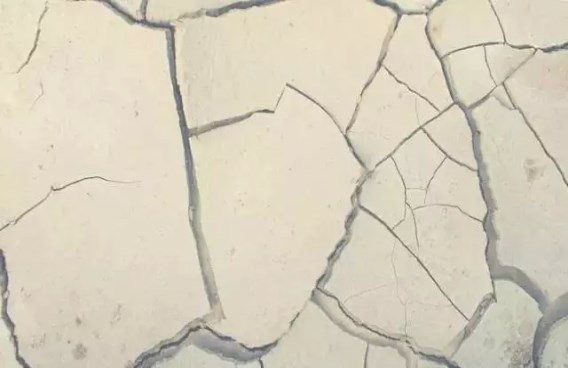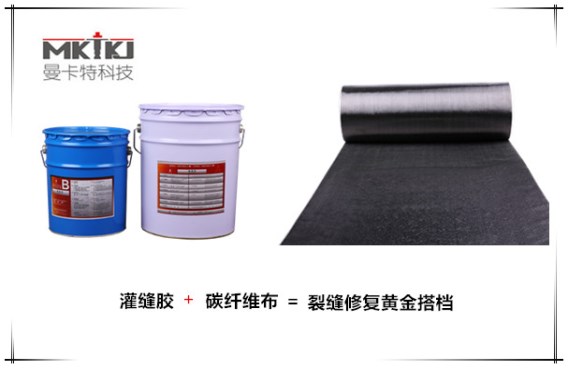As can be seen from the figure, cracks appear on the wall surface, which is shocking. As if it is about to be disconnected immediately, this seriously threatens the safety of the building. However, as the load is increasing and the number of years of use increases, the concrete building structure will inevitably have cracks. All we can do is to know the cracks and solve the cracks. The causes of cracks are complex and changeable, but not all cracks will cause great harm very quickly. Therefore, cracks are usually divided into two categories: harmful cracks and harmless cracks. What we need to do is to prevent harmful cracks and reduce the effects of harmless cracks. So let's take a look at how to deal with harmful cracks and harmless cracks.

What is harmless crack?
Harmless crack refers to a crack inherent in the concrete that is invisible to the eyes. It is incoherent and the width is generally less than 0.05mm. The inherent microscopic crack of the concrete itself does not exceed the design requirements. It is generally considered harmless. The width of the harmful crack is above 0.05mm, and the crack with a width of less than 0.2~0.3mm is considered harmless, but there must be a premise that the crack does not expand and is the final width. Continued development of cracks that may affect structural performance, function and durability is called harmful cracking.
What is a harmful crack?
It can be seen that the crack may or may have affected the performance of the structure or when there is leakage, it is a harmful crack; if it is stable, it will not have a great influence on the use and durability, that is, harmless crack. On the contrary, some micro-grains are not visible at first, but if they are not very stable, such as weathering due to intense cold and heat, dry and wet change cycles, and finally become connected seams. And due to the infiltration of water and chemical properties, the concrete gradually deteriorates and the cracks are widened to become visible. Such unstable microcracks are harmful cracks.

How to judge harmful cracks and harmless cracks?
Judging whether the crack is harmful or harmless, first of all, it depends on whether it is harmful to structural safety and durability, and secondly whether it affects the use function (such as waterproofing and moisture proof). For example, cracks of less than 0.1 to 0.2 mm are regarded as harmless cracks, and simple surface sealing can be used. It is more safe to use a flexible waterproof layer. Floor cracks 0.3 ~ 0.4MM, the structure is safe. It is considered as harmless cracks and can not be treated. For beams and columns subjected to force, structural safety is involved and cracks should be properly treated.

Therefore, it is not only possible to distinguish between harmful cracks and harmless cracks from the crack width and depth of the surface. It is also necessary to analyze the development trend of cracks. Generally, cracks can be repaired with Mankate crack repair glue. Mankate crack repair glue is transparent, environmentally friendly and non-toxic. It can be injected into 0.1mm micro-cracks and matched with carbon fiber cloth to repair concrete cracks. It can be described as a golden partner~ It has been widely used in Nanjing Huining Wharf, Lujiatun Bridge, Nanjing Special Technical College and other projects, and has received wide acclaim. If there is a problem, don't be afraid. Mankate will help you. Mankate crack repair glue, harmless treatment of harmful cracks! Mankate's one-stop service hotline: 400-894-5118
Link to this article: https://www.njmkt.net/Article/rhydhntyhl.html
(Editor: Nanjing Mankate, if you need to reprint, please indicate the source)